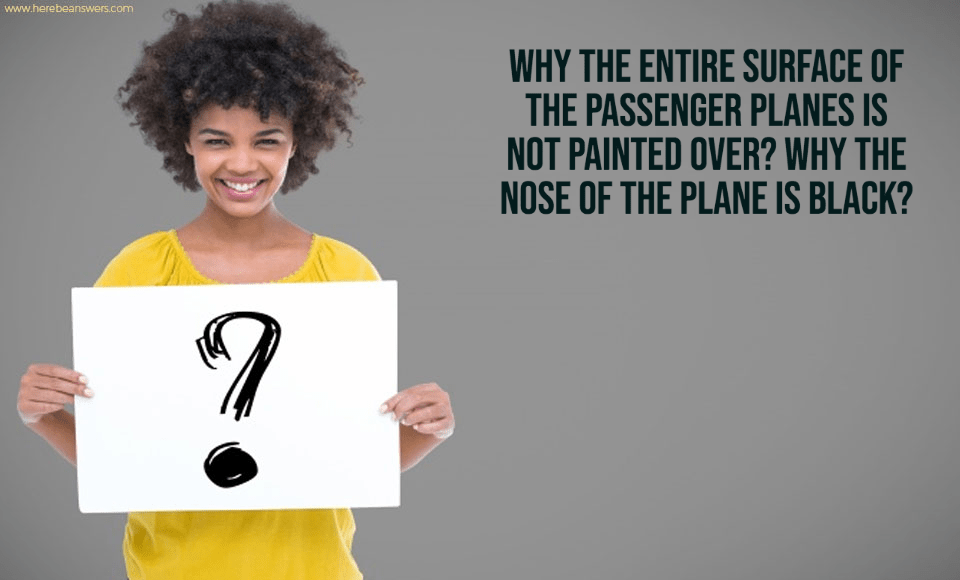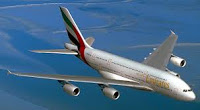If you’ve been at an airport, you might have observed that most of the passenger planes are not painter over and remains in white or of any color on a lighter shade. While others have some forms of lively designs or writings, the majority of the aircraft’s bodies are still covered in white paint. Well, it is not a coincidence as painting airplanes white is beneficial for an array of reasons.
First, white paint reflects sunlight. One of the main reasons why white paint is the preferred color for an aircraft is that the color acts as an effective reflector of sunlight, unlike other shade that tends to absorb light. What it does is minimize the impact of heating on the plane’s body and prevent potential solar damage when the airplane is in the air. Meanwhile, as the aircraft is on the runway, it would take less time for it to cool down even on a hot day.
Second, white doesn’t fade. Airplanes are entirely exposed to different atmospheric states when soaring at high altitudes, causing the paint to fade. Those planes that have colored will have their color deteriorate faster, requiring frequent repainting to keep it aesthetically pleasing. That would cost a considerable amount of money, not to mention that paints also add a specific amount of weight to the plane, causing it to consume more fuel in the long run. The advantage of the white color is that it doesn’t seem to look different, despite traveling a considerable period in the air.
Third, it reduces the chances of bird strikes. Using a light color scheme on an aircraft creates an excellent background between the plane itself and the background. With the increased visibility, it lessens the chances of bird strikes, which can be unsafe for the flight. Sporting darker shades do the otherwise, decreasing the background and the plane’s contrast and reducing the bird’s ability to detect the aircraft immediately. That is why white paint is the preferred choice as it is safe and easier for birds and pilots.
Lastly, having white paint makes it faster to spot signs of damage. For safety and commercial purposes, planes must be inspected regularly for damages. A white aircraft will display rust spots, cracks, oil spills, and dents more vividly than those with darker colors.
Through that, damages can be addressed faster, ensuring that they do not worsen and cause significant or permanent damage. With that, it helps avoid heft repair costs that may arise. Solving such problems also keep the plane attractive and commercially-pleasing. Moreover, it will prevent any potential accidents that such defacements may bring.
Now, you might also see airplanes having black noses. That’s not a coincidence either. Under the nose of planes lies a weather radar that aids crews detect and avoid different weather conditions. The usage of aluminum, however, will block the radar’s signal. With that, they had to use non-metallic material such as carbon composite. The said material is naturally black in color as it is made of carbon fibers. Other shades are an attempt to conceal the natural black color of the material.
More Readings:
Airplane (Wikipedia)
You Might Also Like:
- How much petrol the fuel tank of an airplane carries?
- Why are the windows in airplane passenger cabins oval?
- How long is the life of passenger planes like Boeing-747 (Jumbo Jet) and Airbus?
- What does SOS stand for? When was the first SOS message relayed and by whom?
- Why ships and airplanes measure speed in nautical miles (knots) rather than miles and kilometers?

